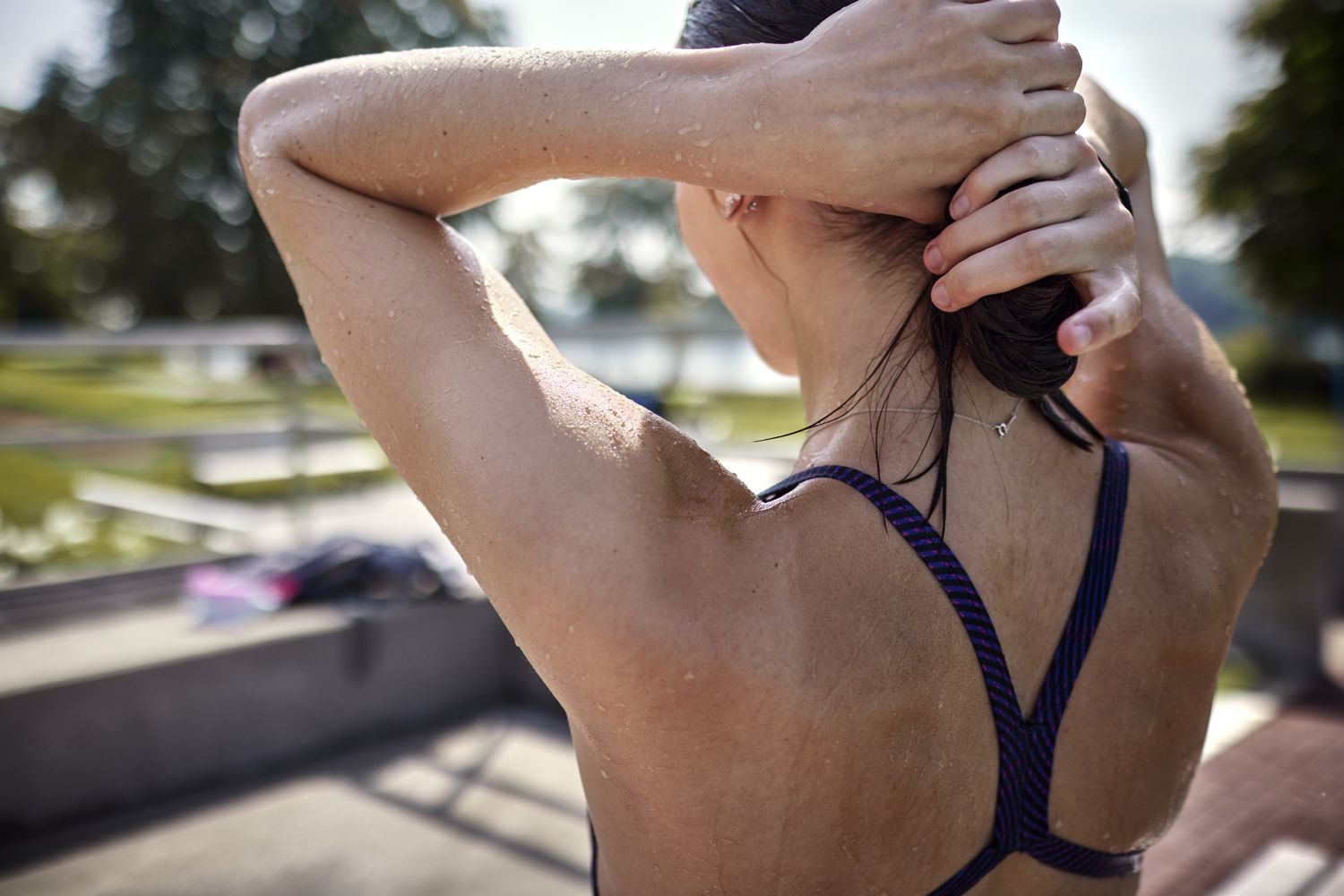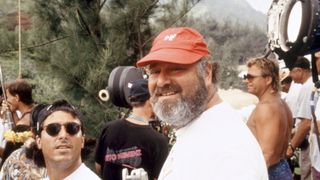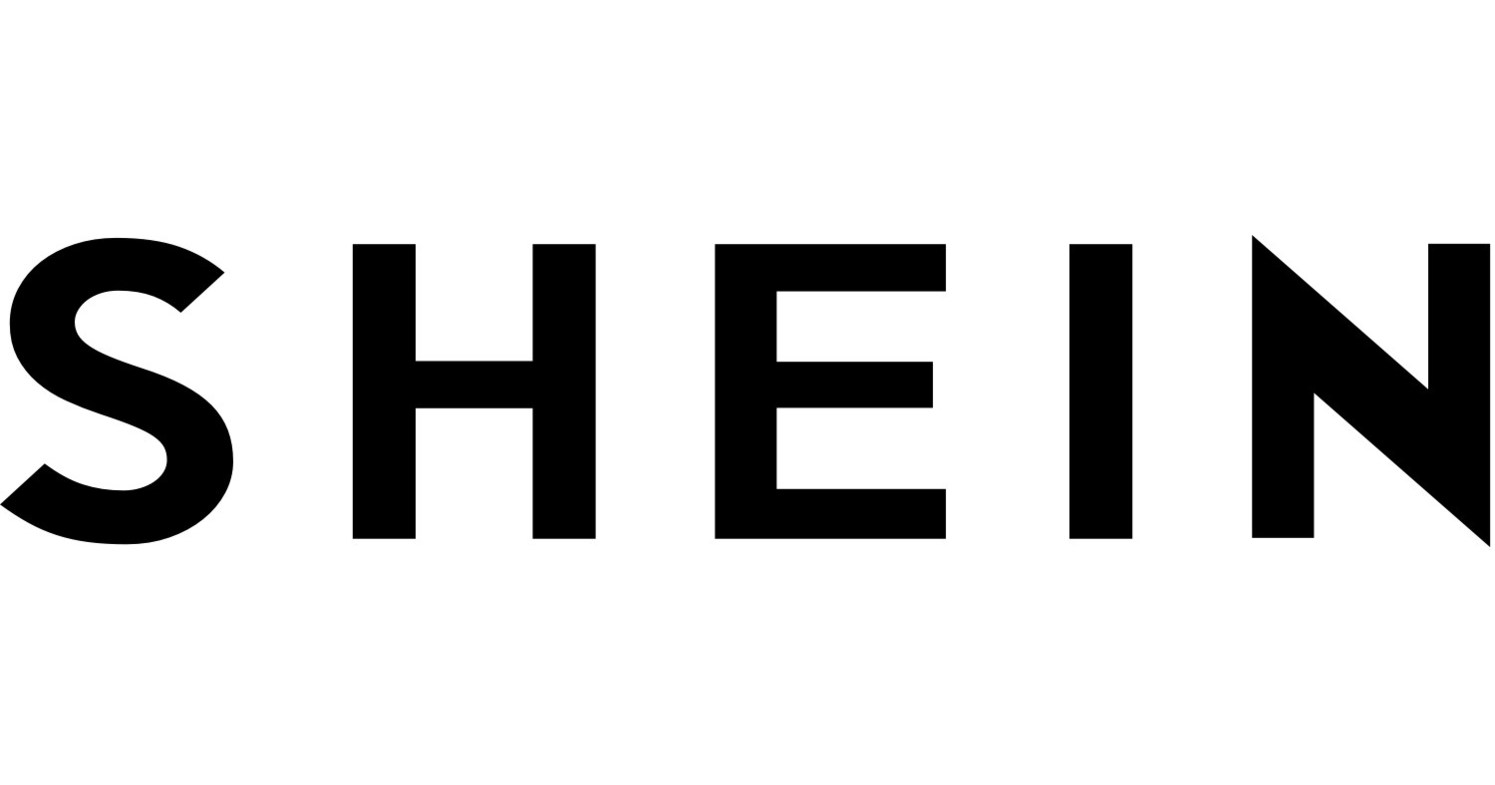4 Ways to Keep Your Hair Sweat-Free During Regular Workouts

If you love challenging workouts, you likely view sweat as an indication you've done something right. As gratifying as that can feel during a fitness class, it presents a bit of an obstacle if you're someone who works out most days. Namely, taking care of your hair becomes more difficult. No need to tone down your workout routine or shy away from a good sweat in the name of healthy hair — colorist Mark DeBolt and hairstylist Ryan Trygstad, owners of Mark Ryan Salon, are sharing their top tips for those who break a sweat daily.
A: Even if you work out a lot, you want to avoid washing your hair every single day. By adding a few key products and accessories to your arsenal, you can ensure that your hair doesn't feel dirty or look flat between washes. Here's your four-part plan.
By now, you've probably heard that for most people, daily hair washing is overkill. (See: How Often Should You Wash Your Hair, Really?) And even if you work out regularly, you still want to follow the general rule of thumb for hair washing according to your hair type.
That means if you have hair that's on the fine, straight side, it likely looks flat and oily soon after washing, so you may find that you need to wash every other day or every three days in order to avoid oil build-up. If you have curly or coily hair, your scalp is probably on the dryer side, and you'll be better off stretching wash days to around once or twice per week, says Trygstad. 'It's really about reading your own hair,' he says.
While you want to avoid shampooing any more frequently, you can still feel free to shower off after every workout.
And if you just cannot fathom the thought of not shampooing daily, you can still look after your hair's health through your other habits. The main harm of washing too frequently is 'the friction, tension, and pulling of the hair when it's wet,' since hair stretches out and becomes more prone to breakage when wet, says DeBolt. 'If you stretch your hair too much, it can stretch out and not return to its shape,' he says. 'It's ok to shampoo your hair every day, but you're going to have to be someone who does a lot of air drying or is really mindful with hot tools, whether that means turning the heat down or using thermal protectants.'
On days when you're breaking a sweat but not washing your hair, consider rinsing your hair and applying conditioner, says Trygstad.
Sweaty workouts can leave behind a salty residue on your hair and scalp that my clog hair follicles or even leave strands more dry and prone to breakages. Doing a quick rinse as soon as possible after a workout can help ensure you remove some of the salty buildup before it sets in. Plus, a little conditioner after the rinse will help to ward off frizz and keep hair moisturized between wash days.
It pays to be choosy when selecting your hair products. On wash days, resist the urge to use shampoos with sulfates, which are helpful post-swim or in the presence of build-up, but can be too stripping for regular use, says Trygstad.
The enticing thing about shampoos with sulfates is that they can leave you with a squeaky-clean feeling — a welcome sensation after a grueling workout. But you can get the same reward elsewhere, says Trygstad. Try exfoliating scrubs or any 'invigorating' product with menthol or mint if you want to 'feel clean' without using sulfate shampoos, he suggests. You can incorporate the treatments once a week, or even more frequently if you have short hair, since there's less issue with drying out the lengths of your hair, he says.
You're probably already acquainted with the power of dry shampoo, and while the products can create build-up when used frequently, they're fine in moderation, says Trygstad. He swears by R+CO Spiritualized Dry Shampoo Mist in particular. 'If you shake the bottle, spray it on your roots, and hit them with a blow dryer for 30 seconds, it looks like a brand new blow-dry, it's insane,' he says. 'It's kind of a magic product.'
Sure a snatched ponytail looks hot and keeps your hair out of your face, but that can come at a cost. 'I can almost spot hair tie breakage when a client sits in my chair because it almost looks like a 'U' shape and it's exactly where the hair band rests,' says DeBolt. 'Especially people who prefer their hair tied back really tight, I can spot that a mile away.'
The move: Opt for a loose braid or bun, which will be less likely to cause breakage. A bun is also the ideal set-up for a hair treatment, notes DeBolt. 'Before you go to the gym or take that Pilates class, put a treatment in your hair — an overnight serum's really good — and then you wrap it up in a bun,' he says. The style allows your hair to stay warm and damp, allowing the treatment to penetrate your strands deeply.
Instead of using a traditional ponytail holder, secure your style with something that is less likely to cause breakage, advises Trygstad. He suggests Goody Hair Spin Pins or Invisibobble Hair Ties. Utilizing a headband can also protect your hair from sweat during exercise. DeBolt mentions, "I have many clients who use microfiber hairbands and place them along their hairline when working out. This can help absorb some of the sweat." (Fun fact: For those looking for an alternative solution, scalp Botox is an option for preventing sweat from forming in the first place.)
So, there you have it. If your week is jam-packed with workouts, following the right hair washing routine, using the appropriate products, and choosing suitable styles will help ensure your hair remains healthy.




